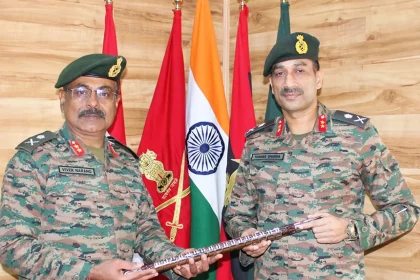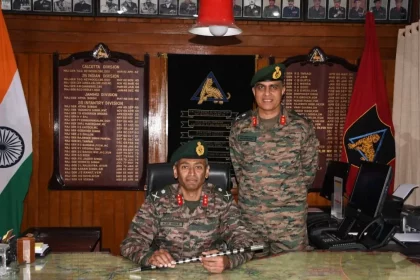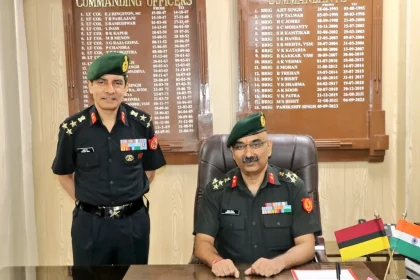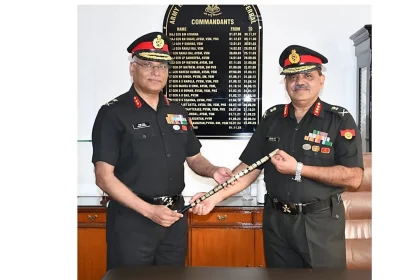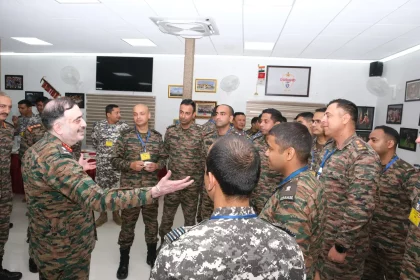Vice Admiral K. Srinivas Assumes Charge as Director General Naval Projects, Visakhapatnam
His appointment reaffirms the Navy’s commitment to operational excellence, indigenous capability development, and technological innovation.
Major General Tushar Sharma Assumes Command of Counter Insurgency Force Kilo
His appointment marks the continuation of the Force’s legacy of excellence, courage, and commitment to the nation’s security.
Major General Ajit M Yeole Assumes Command of Tiger Division
Maj Gen Ajit M Yeole’s assumption of command symbolizes the Indian Army’s enduring tradition of grooming visionary leaders who embody…
Brigadier Prafull Mohan Assumes Command of Military Hospital, Dehradun
Change of Command ceremony marks leadership transition in one of Uttarakhand’s key military healthcare establishments.
Lt Gen Avinash Das Assumes Charge as Commandant, Army Hospital (Research & Referral)
Distinguished AFMS officer and ENT specialist to lead the apex medical institution of the Indian Armed Forces
Lt Gen Abhijit S Pendharkar Interacts with Defence Services Staff College Delegation at Rangapahar Military Station
Visiting officers briefed on operational and logistics aspects of the Indian Army’s largest Corps.


